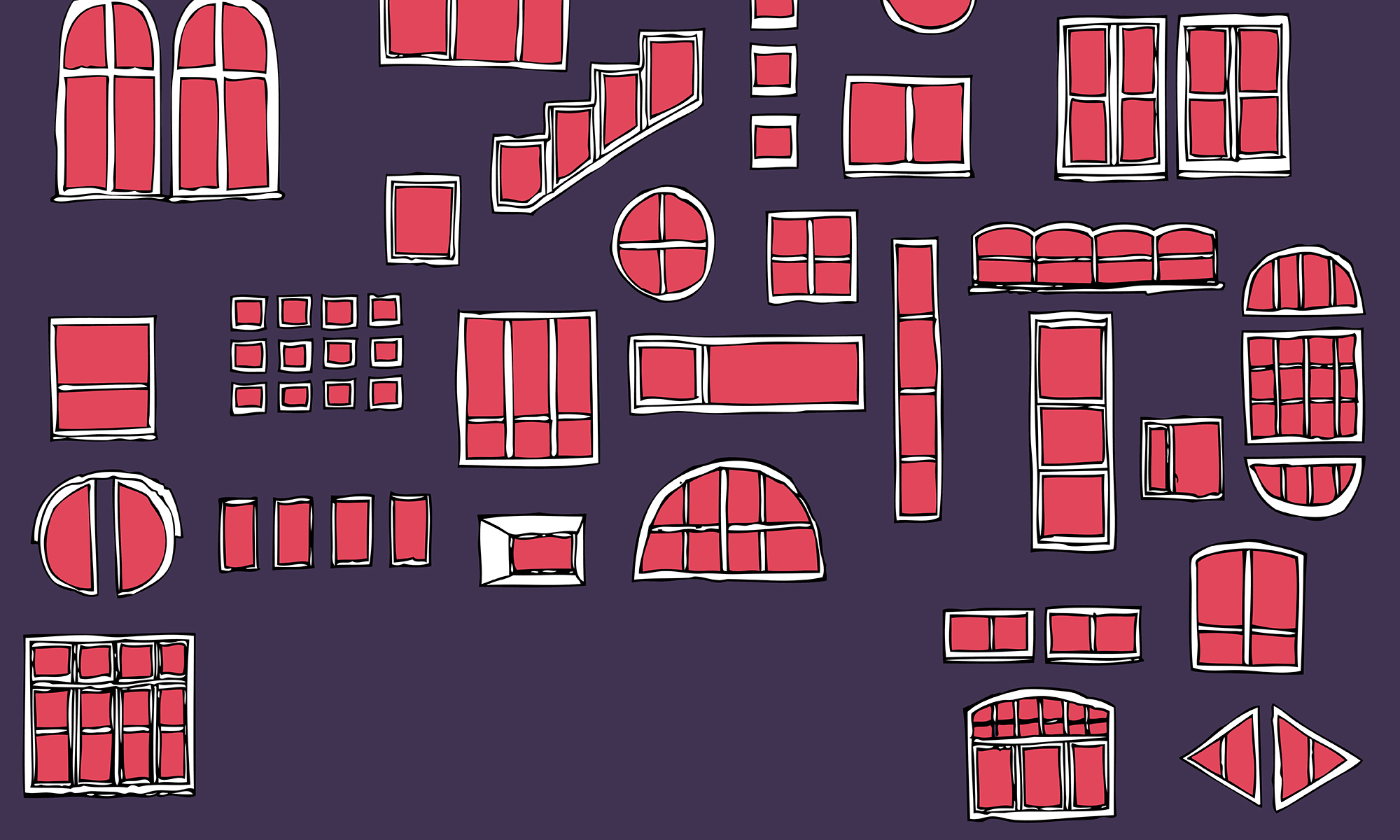From March 31 to April 2, partners from the Interreg Danube RurALL Project again met up for our third in-person consortium meeting, this time hosted at the Bystřice Community Centre in the Czech Republic. Set against the backdrop of the Benešov region’s rich cultural heritage, the meeting was dynamic and productive: within the framework of our mission of rural revitalisation through a multi-stakeholder governance model for using the potential of deteriorating dwellings, we focused on community engagement strategies, mapping data analysis, synergies with the New European Bauhaus and business model development.
Key Themes and Discussions
1. Community Engagement Strategies
Workshops led by ZSI and Institute PIP supported project partners’ community engagement efforts by exploring inclusive engagement models and participatory methods that build trust, encourage residents to share their community’s future, and enable a transfer of insights and perspectives between experts and the community. The goal is to strengthen local ownership and ensure that regeneration of dwellings directly responds to the aspirations and needs of the community.
2. Mapping and Comparative Analysis
Together with Beltinci, MOBA provided critical updates on the ongoing mapping of deteriorating dwellings and set the groundwork for the Comparative Analysis of the Causes for Dwellings Deterioration and 10-year projection through an exchange with project partners from pilot areas. The goal is to identify patterns and trends to be able to inform regional strategies and shape effective, tailored interventions.
3. New European Bauhaus Synergies
One of the highlights of the session was Alenka Korenjak’s inspiring online presentation on “Opening Up Old Buildings for Community Use,” followed by Dr. Tijana Vujičić’s case study of the village of Pecka, Bosnia and Herzegovina. These sessions bridged local heritage and contemporary design, echoing the New European Bauhaus (NEB) values of sustainability, aesthetics, and inclusion, and offering tangible examples of successful community engagement and cross-sectoral cooperation.
4. Business Model Development
Led by BICC Sandanski and supported by feedback from MOBA’s expert on ethical and community finance, this workshop explored financial and organisational models for breathing new life into deteriorating buildings. The workshop was particularly practical as project partners tested the business canvas by working on developing the business model for chosen pilot projects and received consultations from experts. The goal was to enable the transition from analysis to actionable renovation strategies.
5. Multistakeholder Governance
A cornerstone of the project, the governance model continues to evolve to support collaborative decision-making among a wide array of actors from the civil, public and private sector. EMFIE facilitated key discussions aimed at further refining this inclusive and complex framework for lasting impact.
Field Visits: Inspiration from Benešov
Participants had the opportunity to explore several cultural sites, including Benešov Brewery and Konopiště Chateau. These site visits provided real-world examples of rural heritage assets with potential for community and economic revitalisation.
Looking Ahead
The consolidation of work that happened in Bystřice gives us all a collective push to keep challenging ourselves and existing practices in order to bring about a change in how we collaborate on pressing regional issues. We are proud to be part of a consortium that tackles the depopulation in rural areas – considered one of the most universal challenges of the Danube region – through such a comprehensive approach, consistently going beyond project requirements to give the region a model of revitalisation that is community-driven, environmentally responsible, and economically viable.






